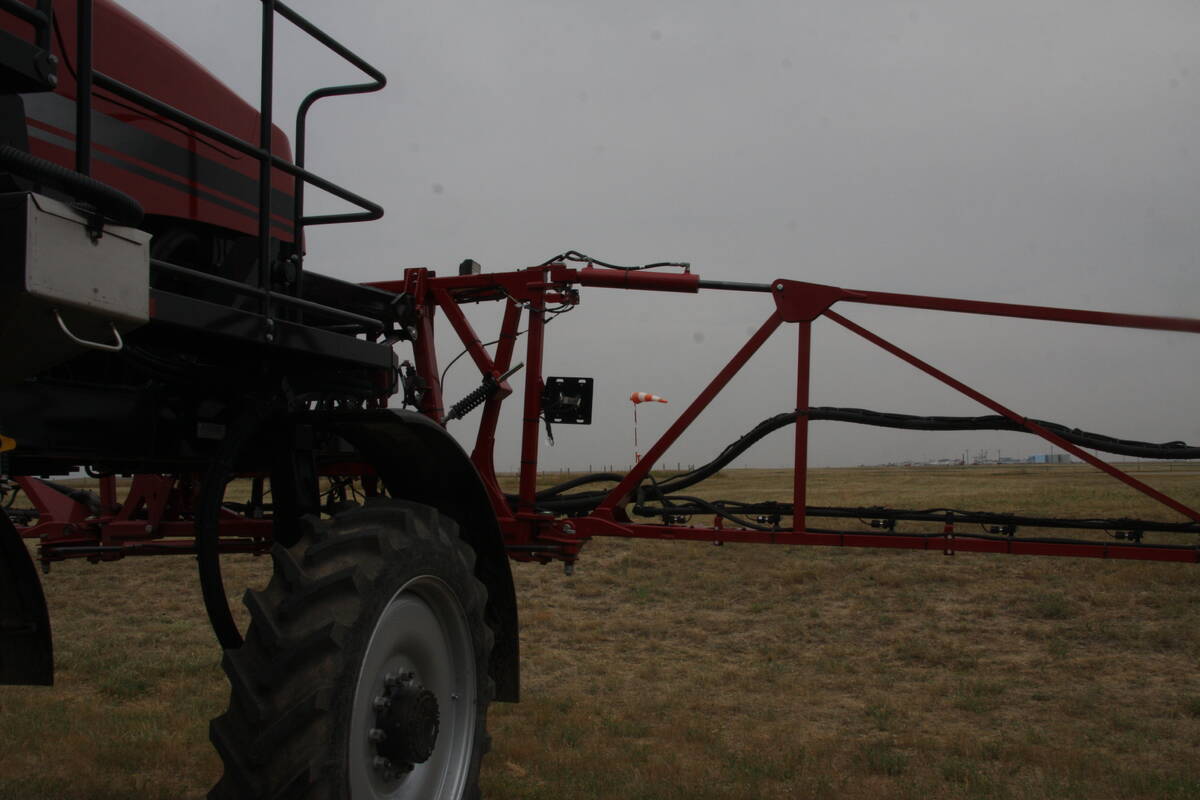STRATHMORE, Alta. – More forage and feed grain research is imperative if Canadian livestock producers hope to stay competitive with their counterparts in the United States.
U.S. feed corn yields have soared whereas the principal western Canadian feed grain, barley, lags far behind in yield and feed value.
“We are in a quagmire where if the American grain farmers’ production keeps increasing, there is no way our Canadian grain farmers are going to compete,” said Stuart Thiessen of the Alberta Beef Producers feeder council.
Read Also

More work wanted on removing red tape
REGINA — Canadian farmers risk falling further behind competitors if two main federal agencies don’t become more efficient and responsive…
“If they don’t compete, I’m dead. The feeding industry needs a healthy grain industry,” said Thiessen, who runs a major feedlot near Strathmore.
That need has prompted livestock groups, feed growers and researchers to collaborate on the kind of research needed to improve yield and quality to fit the different dietary needs of beef and dairy cattle, hogs and poultry, said Mike Leslie, manager of the Alberta Barley Commission.
The Alberta Crop Industry Development Fund has $3.6 million available for feed grain research so the groups are examining what is needed and then plan to approach plant breeders to develop specific varieties.
Technology is under development to evaluate grain for its true value. It would tell livestock producers if the barley is suitable for hogs versus cattle and could tabulate pounds of gain from a bushel of feed. It could be used to evaluate dried distillers grain because the quality is variable at this point.
Hopefully, this knowledge would also lead to a system where growers are paid on the basis of value to the livestock industry.
“It is like a paradigm shift in pricing of feed grains. Your price for quality and quantity would be based on the pounds of output of the end product instead of based on the colour and kernel size,” Leslie said.
In addition, the Canadian Cattlemen’s Association has hired Edmonton consultant Ron Pidskalny to determine research priorities and what regulations are holding them back.
Pidskalny’s work already shows funds for feed grain research have fallen in recent years.
Barley research tends to be publicly funded because private companies are unable to recoup their investment from a self pollinating crop where farmers save their seed.
“There is no revenue stream generated from the sale of seeds so barley is mostly in the public domain just like wheat,” he said.
It costs millions of dollars to develop a new barley variety and finding the money is a challenge.
The government needs to be convinced that growing feed grain for livestock to produce food is for the public good, so taxpayers’ dollars should support it. It becomes part of a bigger question about Canadian food security.
“If we can’t make the argument that we are providing a benefit to the public as a whole and the public should be expected to at least chip in for food safety and food security, then where do we go from here?” Pidskalny said.
He is expected to provide recommendations to the cattlemens association by year end on research directions as well as possible regulatory changes needed to develop and approve new feed grain varieties.

















